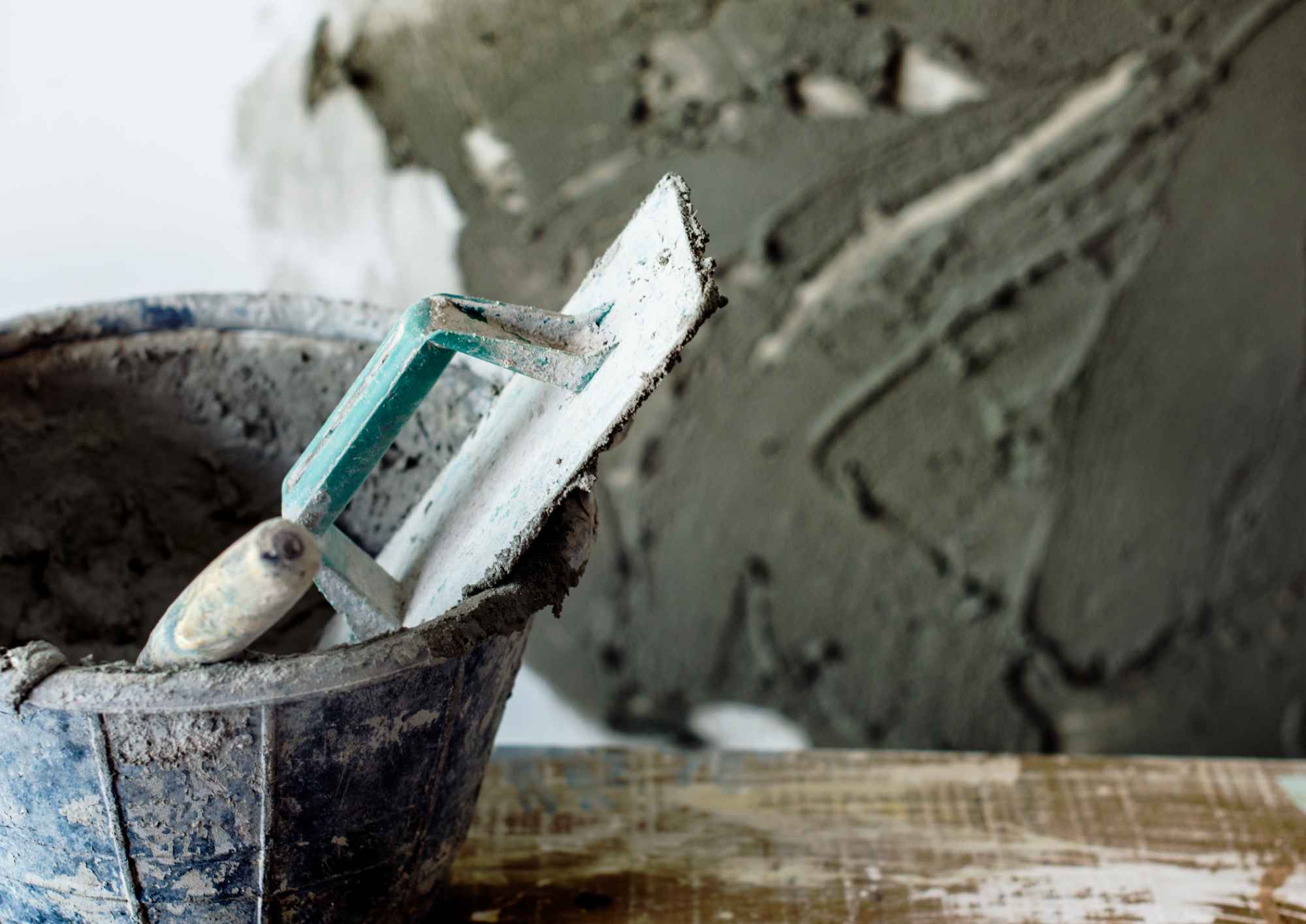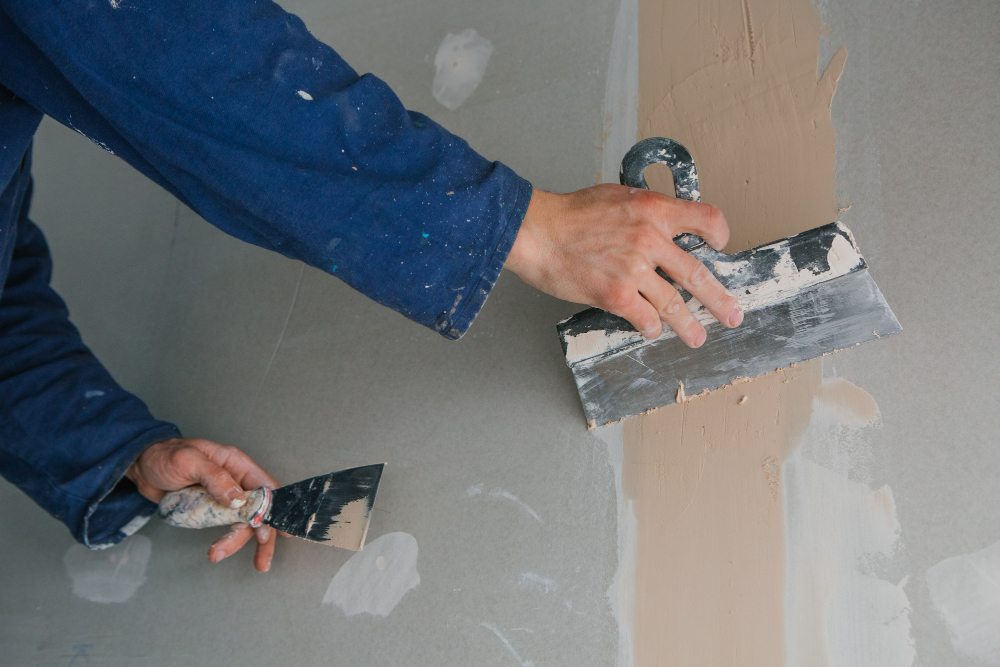
When undertaking a home renovation or repair project, understanding the drying time of plaster is essential for planning your work efficiently. The drying process not only affects subsequent steps, such as painting or finishing, but also plays a crucial role in ensuring the durability and quality of the plastering work. This blog post will examine the typical drying time after plastering, the factors that influence drying times, and provide tips to help you achieve optimal results. Whether you’re a seasoned DIY enthusiast or a professional contractor, having clear insights into plaster drying times will help you manage your project timeline more effectively.
Plaster primarily consists of binders, aggregates, and additives. These components are mixed to create a workable paste that can be applied directly to a surface. After application, hydration begins, promoting hardening and crystallisation, which makes the plaster strong and stiff once adequately hydrated.
Subsequently, evaporation reduces water content, cooling the surface. As water evaporates, the plaster loses its plasticity and sets into a firm surface. This evaporation process helps the plaster harden and set, though it can take up to 7 days depending on various factors.
Variables that affect plaster drying and curing can be adjusted to get a strong, good-looking plaster finish, making you proud of your work. To do well, it’s essential to understand the key factors that influence drying and curing processes. Here are the main points:
Thicker layers take longer to dry. Thin coats usually dry in about 7 days, while bigger jobs with multiple layers may take up to 4 weeks. Thick layers hold moisture longer, so they dry more slowly.
Temperature, humidity, and airflow are essential. Warm, airy rooms help plaster dry faster. Cold or damp rooms slow down the drying process. Using fans or opening windows helps in such conditions. However, avoid placing your items in direct contact with radiators, as the heat can cause damage and cracks.
Drying times for plaster change with the seasons. Summer’s warm and dry weather speeds up the drying process. Winter’s cold and damp weather slows it down. Adjusting room conditions during winter is an important help.
The drying time of plaster depends on the type used. For example, a thin coat applied on plasterboard will dry faster than plaster directly applied to brick or stone.
If you’re building a wall on masonry instead of using plasterboard, choose an undercoat plaster. Common types include:
Bonding, browning, and harsh coat plasters usually dry within 1 to 3 hours and fully cure in 4 to 7 days. Hard wall plaster takes longer to dry, sets in 2 to 5 hours, and cures in 7 to 14 days. After the undercoat is dry, you can add the finishing plaster.
This plaster is suitable for most conditions and is likely the type with which you’re most familiar. It forms a smooth surface for painting or wallpapering. The wet plaster takes 1.5 to 4 hours to set and cures over 3 to 10 days.
This plaster is suitable for repairing damaged areas. It dries faster than other varieties, setting in approximately 1-4 hours and curing within 1-2 days.
Apply a thin layer of finishing plaster, like Thistle or gypsum for a smooth surface. This covers the joints and screws so your walls are ready for painting or decorating. Since skimming is a thin coat, it dries quickly — usually in 1-4 hours — and takes approximately 3-5 days to cure fully.
Lime is a traditional plaster commonly used in the restoration of old buildings to maintain their historical integrity and appearance. It dries slowly, taking 4 to 10 days to set and up to a month to cure fully.
Applying a single layer of plaster can help expedite the installation process of new plaster. It typically takes around 4 hours to set, and between 4 and 10 days to fully cure, depending on the surrounding conditions.
This special plaster is best for flood repairs or preventing moisture. It takes a little longer to dry, with setting occurring in about a day and curing taking between 7 and 21 days.

Understanding how long plaster takes to dry is key to avoiding problems like cracks. When you use the right techniques, you can help it dry faster without losing quality. Depending on the thickness of the plaster and environmental conditions, it may take anywhere from 1 to 2 weeks to dry. Rushing the process can lead to cracks or uneven surfaces, so it’s best to be patient. Here are some helpful tips to speed up drying safely:
Ensure your space has good airflow by opening windows and doors if the weather is mild, or use a fan to keep air moving without cooling the area too much.
Keep the temperature steady—don’t crank up the heat too much, as that can cause cracks from drying too quickly. Aim for a comfortable, consistent temperature of around 15 °C, and avoid letting it drop below 2 °C.
Manage humidity carefully—too much moisture can slow down the drying process, but drying it out too much can cause cracks. A humidity level of 60-70% is ideal. If necessary, use a dehumidifier cautiously to prevent over-drying.
Remember to give the plaster enough time to dry before painting or sealing fully. While the surface might look dry after 48 hours, waiting until it turns a light pink and is fully cured will ensure it’s strong and ready for decoration.
The drying time for plastering varies based on factors such as the type of plaster, thickness, and environmental conditions. Usually, plaster takes roughly 24 to 72 hours to dry, but it can vary depending on the surrounding conditions. Patience is key, so give it some time to set completely. Providing sufficient drying time is crucial to ensure a durable finish and prevent issues, such as cracking or moisture problems. Patience and proper care during this period will result in a high-quality, long-lasting plastered surface.
Copyright © 2025 Judge Plastering. All Rights Reserved.